With original photos and film footage, this video focuses on Henrietta Lacks’ childhood, married life, and family, as well as her surprising contribution to society that has saved millions of lives.
Henrietta Lacks was an impoverished, black, barely educated tobacco farmer who made enormous albeit unknowing contributions to science. She was born Loretta Pleasant in 1920, but everyone who knew her called her Henrietta or Henny, and she married her first cousin, David Lacks, in 1941. Ten years later she was the mother of five, but seriously ill, and she sought medical treatment at the world-famous Johns Hopkins Hospital, because it was the only hospital within twenty miles of her home that would accept black patients. At Hopkins her cervical cancer was misdiagnosed, and Dr George Gey (1899-1970) obtained a tissue sample from her growing and soon-to-be fatal tumor for medical research, without her knowledge or consent. Not informing the patient was an ordinary practice at the time, and Gey routinely collected samples from all the hospital’s cancer patients for his research.
Lacks died within months of her first visit to the hospital, at just 31 years of age, but the cells cultured from her cancer have had a profoundly different fate. Unlike any other human cells that had previously been cultured, Lacks’ cells were found to be astonishingly resilient, effectively immortal, infinitely dividing and replenishing themselves. For reasons still not understood, Lacks’ cells survive and redivide without any apparent limit so long as a growth medium is provided, unlike ordinary human cells, which soon struggle and die under test-tube conditions. As the first immortal cell line, this phenomenon meant that cell lines derived from Henrietta Lacks were ideal for medical research. For the first time, scientific studies could be conducted on living human cells, which could even be kept in a state of suspended animation, frozen and stored at -80 °C, and when thawed the cells would simply start growing again.
On 4 October 1951, the same day that Henrietta Lacks died, Dr Gey appeared on television holding a vial of cells from her body, and explained this scientific breakthrough to the camera without mentioning Lacks by name. New methods were promptly developed to mass-produce these cells, which Gey called HeLa, a shortened and anonymized version of Henrietta Lacks’ name. A factory was set up at the Tuskegee Institute solely to manufacture HeLa cells, which were distributed worldwide, and came to be seen as “the gold standard” in scientific research.
HeLa cells were crucial in the development of Jonas Salk’s polio vaccine, and have been used extensively in research into cancer, AIDS, and other diseases from herpes to influenza to Parkinson’s disease. HeLa samples have been used in testing of glues, cosmetics and other commercial products; were the first human cells to be gene mapped; were sent into space to study the effects of zero gravity on a cellular level; were used to study the effects of nuclear explosions on living human cells; were used to develop chemotherapy drugs — the list of scientific uses for HeLa cells is almost literally endless. By the mid 2000s, about 20 tons of HeLa cells had been manufactured and used in research, and these cells, all derived from one woman who died in 1951, are still alive, and are still the human cell line most commonly used in research.
For many years after her death, however, Henrietta Lacks’ widow, children, and extended family knew nothing of all this, receiving neither payment nor acknowledgment for her uncredited contributions to science. Scientists and reporters occasionally inquired about the source of HeLa, but Henrietta Lacks’ name was usually lacking from the answers provided by Dr Gey, the physician at Johns Hopkins and whose scientific reputation was built on having cultured and discovered the hardy nature of Lacks’ cells. In published accounts, HeLa cells were almost always attributed to the fictitious “Helen Lane,” or less frequently the equally fictitious “Helen Larson” or “Henrietta Lakes.” The acknowledgement of Lacks’ contributions to science is due largely to Rebecca Skloot’s 2010 book, The Immortal Life of Henrietta Lacks, which detailed the story of Lacks’ short life and unending scientific afterlife.
Read the original post at NNBD.com –http://www.nndb.com/people/622/000275794/

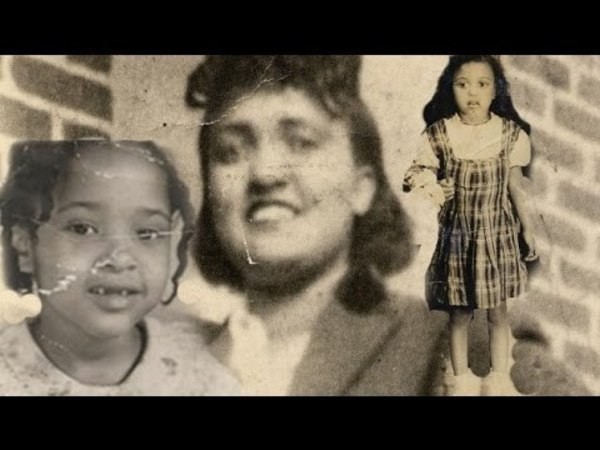
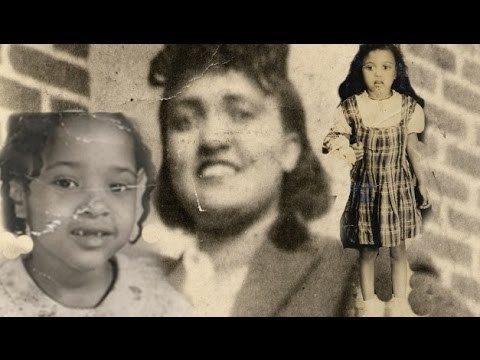



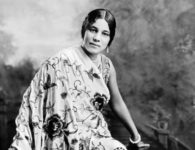

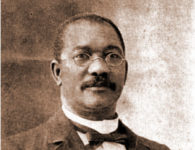
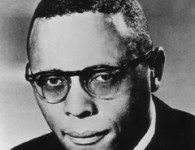
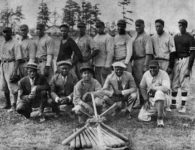
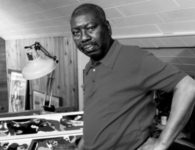
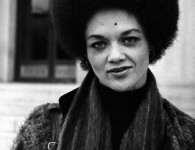





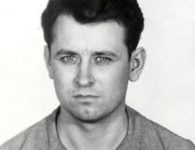



1 Comment
I’m so happy that I took the time to watchthe small grainy film about Henrietta Lacks, and her story about her cells, thst continue to save the life’s of many with canever.
Oprah Winfrey made a film about her, that I recored and yet to see, but when I saw her name again, in Blackthen.com I didn’t hesitate to read her story.
It always amazes me how we women of color continue to open the doors of mankind. Henrietta Lacks thank you for being the Pioneer in medical history (her story) to this day. So now, when I watch that movie, by Oprah Winfrey, I’ll know the whole truth and nothing but the truth so help us all.
Janean Sylvia Reed